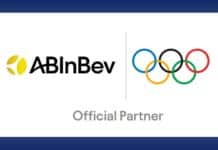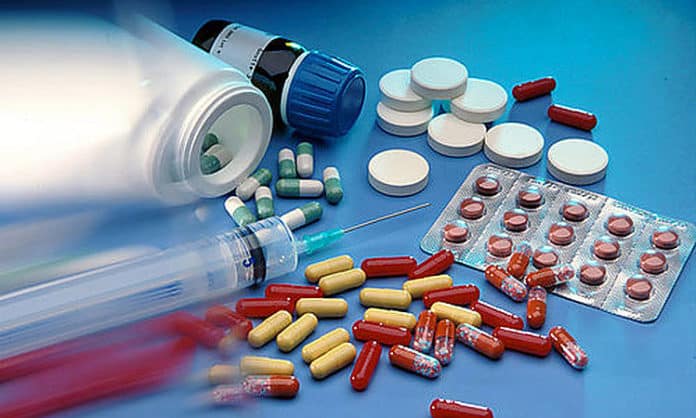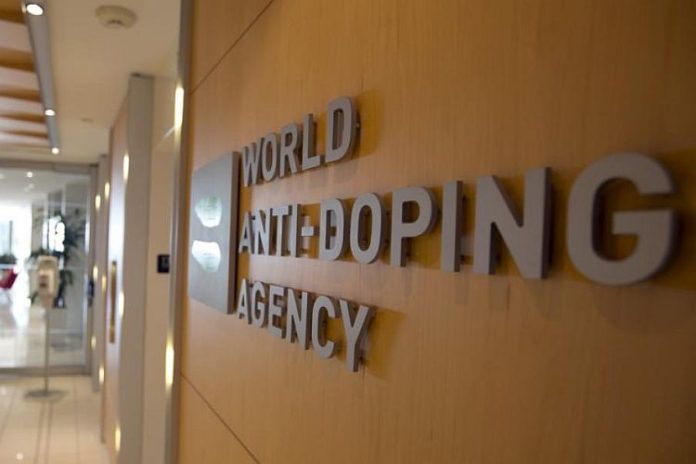★ The Sports Examiner: Chronicling the key competitive, economic and political forces shaping elite sport and the Olympic Movement.★
★ To get the daily Sports Examiner Recap by e-mail: sign up here! ★
★ Friends: Yippee! Now 49 donors have helped to meet our technical costs for 2024. If you’re enjoying TSX, please chip in with your donation.. Add your support to make this site even better. ★
≡ INTEL REPORT ≡
“[O]ur results suggest that most U.S. elite athletes competing at the international or Olympic / Paralympic level are not doping.”
That’s the good news from an aggressive study made in early 2020 and reflecting pre-pandemic doping prevalence among elite American athletes, published in May of 2024 in the SportsMedicine–Open site
Titled “Doping Prevalence among U.S. Elite Athletes Subject to Drug Testing under the World Anti-Doping Code,” the project was funded by the U.S. Anti-Doping Agency and overseen by North Carolina-based Prevention Strategies, with input from the University of North Carolina – Greensboro and the USADA.
This was an online survey program, with USADA providing e-mail addresses for 2,616 athletes, of which 1,595 answered during April and May 2020, just as Covid-19 restrictions were becoming widespread in the U.S. After removing those whose responses were incomplete, there were 1,398 usable surveys or 53.4% of the targeted audience, and reportedly the largest-ever survey of U.S. athletes about doping. The surveys were anonymous and carried no penalties for any response; the incentive was a $20 Amazon gift card. The right people were reached:
“Most participants had competed at the Olympics or Paralympics (45.4%) or World Championships (35.9%). The remaining 18.7% had competed at an international competition (e.g., Pan-American Games) or national championship.”
The questions concerned the time frame from April and May 2019 and April and May 2020, and specific inquiries were made about different categories of substances – steroids, masking agents, hormones and so on – and about whether they were used during in-competition periods or during out-of-competition periods. The results:
Prohibited substances (at all times):
● 1.1% used anabolic agents
● 1.0% used an Asthma inhaler beyond allowed dosage
● 0.4% used peptide hormones
● 0.3% used beta-2 agonists
● 0.2% used hormone and metabolic modulators
● 0.1% used diuretics or masking agents
Prohibited substances in-competition:
● 4.2% used cannabinoids
● 0.8% used stimulants
● 0.6% used glucocorticoids
● 0.2% used narcotics
Prohibited methods:
● 0.6% used blood manipulation
● 0.1% used stem-cell or gene editing
These are fairly low numbers, but when collated across all responses, showed a maximum of 128 “users” or 9.2% or a minimum of 6.5%. The difference comes in the inconsistency of answers to the questions from some athletes.
Of the 128 who said they were doping, 108 said they were using only one substance (84.4%) with the remaining 20 using two or more.
The study noted that while the overall incidence of doping was low, it’s still higher than the 1% who are sanctioned for doping violations based on a positive test.
The analysis recognized that it is always possible to find under-reporting in surveys of this type, and extensive cross-questions were used to ensure accuracy (and still there were issues). The bottom line for the researchers:
“Our study contributes to those efforts by being the first study, to our knowledge, to assess doping prevalence among elite athletes, subject to the WADA code, in the United States using the complete list of categories from the WADA Prohibited List.
“Depending on how the consistency check items were treated, estimates of use without a [Therapeutic Use Exemption] among our sample of elite U.S. athletes in the past 12 months across all Prohibited List categories ranged from 6.5 to 9.2%.
“Further, the survey found that a smaller percentage of athletes, 2.9%, reported using non-specified substances or methods, the most egregious type of doping. In other words, our results suggest that most U.S. elite athletes competing at the international or Olympic / Paralympic level are not doping.”
The study is a confirmation that dopers are a distinct minority. But one is enough to win a medal.
¶
★ Receive our exclusive, weekday TSX Recap by e-mail by clicking here.
★ Sign up a friend to receive the TSX Recap by clicking here.
★ Please consider a donation here to keep this site going.
For our updated, 547-event International Sports Calendar for the rest of 2024 and beyond, by date and by sport, click here!


























